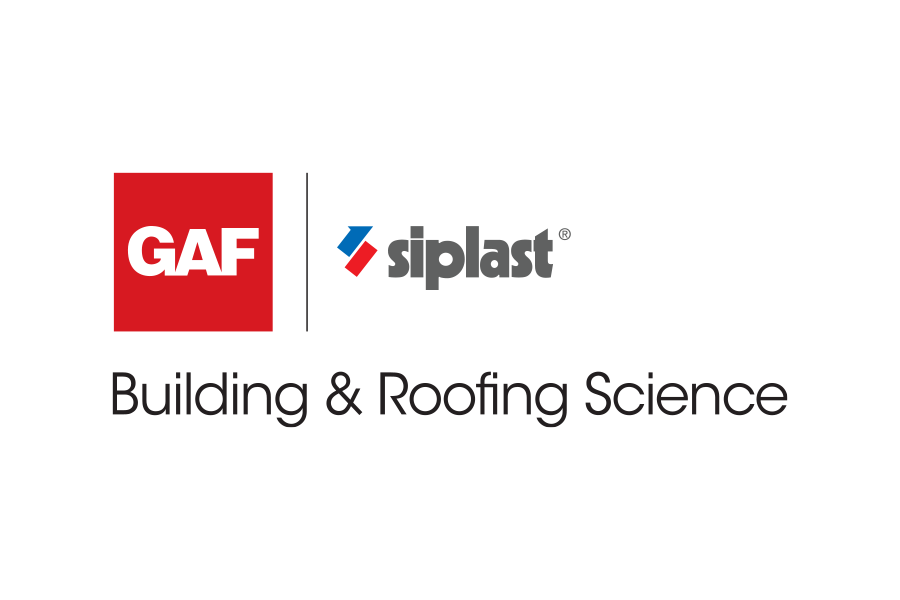Best Practices for Single-Ply Roofs
Learning Objectives:
- Evaluate the effectiveness of single-ply roof systems to meet the requirements for cool roof building codes and achieve improved energy efficiency.
- Recognize when to specify the different types of roof membranes, coverboards, attachment/adhesive, insulation, and vapor barriers used in single-ply roof systems.
- Identify how the performance of single-ply roof systems can be enhanced when considering sustainability, energy efficiency, wind uplift, puncture resistance, and ease of repairs.
- Apply examples of best practices and tools to assist in designing durable and cost-effective roofing assemblies.
Credits:
A roof is more than the surface that keeps water out of buildings; it’s the first line of defense from the elements, whether it’s rain, snow, wind, hail, heat, or sun. Roof systems are a complex part of the building enclosure with many components that serve as a means to control water, air, vapor, and heat transfer.
This presentation will review how changes in energy codes and local ordinances have shifted the paradigms in what is considered best practice when it comes to specifying energy-efficient and durable single-ply roof assemblies. We will discuss the different types of roof membranes, coverboards, attachment, insulation, and vapor barriers used in single-ply roof systems. To provide context, we’ll review several project examples to demonstrate the best practices and tools available to designers who may be new to single-ply roof assemblies or cool roof requirements.

Photo courtesy of GAF

|
Erin Andes, is a Building Design Manager for GAF, focusing on the Western U.S. As a member of the GAF Building and Roofing Science Team, she works with designers to review project designs to mitigate risk and achieve affordable, durable, watertight, and energy-efficient roof assemblies. In addition to helping design teams with roof assemblies and details, she regularly presents and publishes technical content related to building and roofing science at conferences and training events. Erin is a Professional Engineer in multiple states and holds a Bachelor's degree in Architectural Engineering from California Polytechnic University and a Master’s Degree in Civil Engineering from Georgia Institute of Technology. |

|
Kristin M. Westover, PE, LEED AP O+M, is a Technical Manager of Specialty Installations for low-slope commercial roofing systems at GAF. She specializes in cold storage roofing assemblies where she provides insight, education, and best practices as it relates to cold storage roofing. Kristin is part of the Building and Roofing Science Team where she works with designers on all types of low-slope roofing projects to review project design considerations so designers can make informed roof assembly decisions. |








